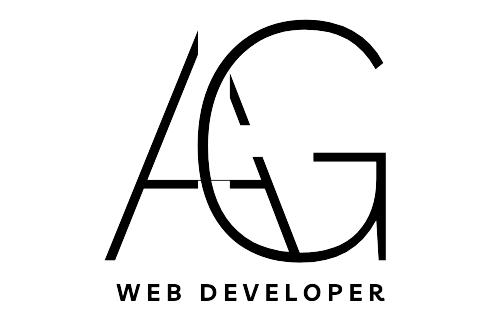Embark on a coding journey by exploring the dynamic world of development. Unravel the complexities of user interfaces in front-end development with HTML, CSS, and JavaScript, or dive into the architectural difficulties of servers and databases in back-end development. Discover which coding frontier aligns with your skills and aspirations, empowering you to forge a rewarding career in web development. Make informed decisions for a digital landscape shaped by your expertise.
Introduction
In the vast and ever-evolving world of web development, the distinction between front-end and back-end coding is similar to the separation of the visible tip of an iceberg from the submerged mass beneath. Aspiring developers stand at a crossroads, contemplating their trajectory in this dynamic field. Understanding the nuances of front-end and back-end development is crucial for making informed career choices. Much like the delicate dance between what users see and the robust infrastructure supporting it, these two domains offer unique challenges and opportunities. Let’s navigate through the intricacies, unraveling the mysteries that define front-end and back-end development for those shaping the digital world.
Front-End Development: Crafting the Digital Canvas
Front-end development, often referred to as client-side development, is the art of creating the visible elements of a website that users interact with directly. This includes the layout, design, and user experience. HTML, CSS, and JavaScript are the primary tools in a front-end developer’s arsenal. These developers need an acute eye for design, a deep understanding of user behavior, and the ability to translate creative concepts into functional web pages. If you have a penchant for crafting visually appealing interfaces and enjoy working on the user experience, front-end development might be your calling.
Back-End Development: The Architectural Wizards
On the flip side, back-end development, or server-side development, involves building and maintaining the infrastructure that supports the front-end. This includes databases, servers, and the application’s logic. Back-end developers ensure that the website functions smoothly, handling data processing, user authentication, and server-side logic. Proficiency in languages like Python, Ruby, Java, or PHP is paramount for those delving into the back-end realm. If you’re intrigued by the complexities of data management and server operations, back-end development could be the path for you.
Choosing Your Path: Factors to Consider
To make an informed decision, consider your strengths, interests, and career goals. If you thrive on creativity, have an eye for design, and enjoy creating user interfaces that captivate audiences, front-end development might align better with your aspirations. On the other hand, if you find joy in solving intricate problems, managing data, and ensuring the seamless functioning of websites from behind the scenes, back-end development may be your niche.
In the remarkable landscape of web development, front-end and back-end roles play distinct yet complementary parts. Your choice between the two depends on your skill set, interests, and long-term career goals. As you embark on this journey, remember that the boundaries between front-end and back-end development are not rigid. Full-stack developers, who are proficient in both realms, also play a crucial role in bridging the gap between design and functionality.
Would you like to explore more such informative articles and blogs? We provide a range of informative articles across different domains. Subscribe today to be part of our community!
